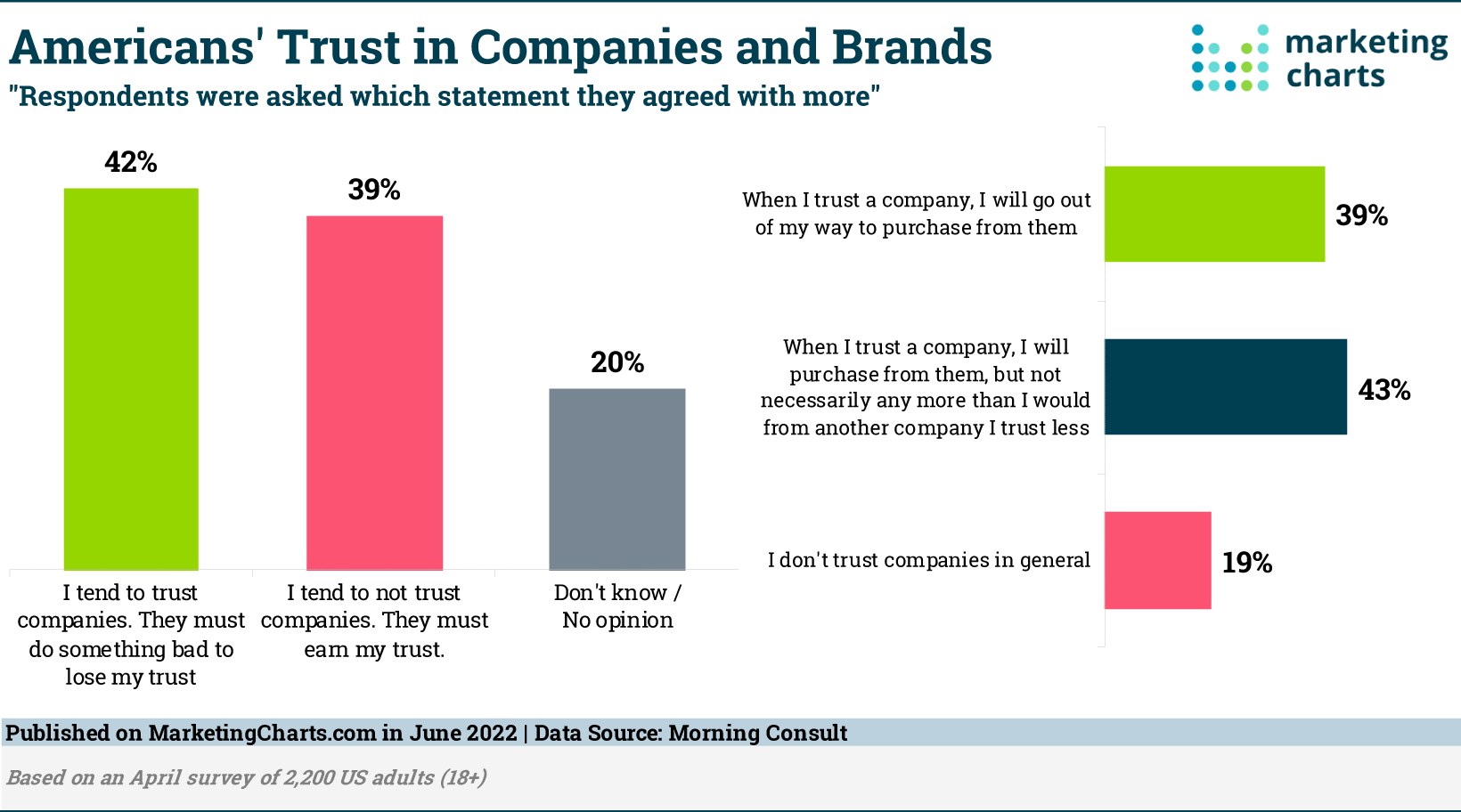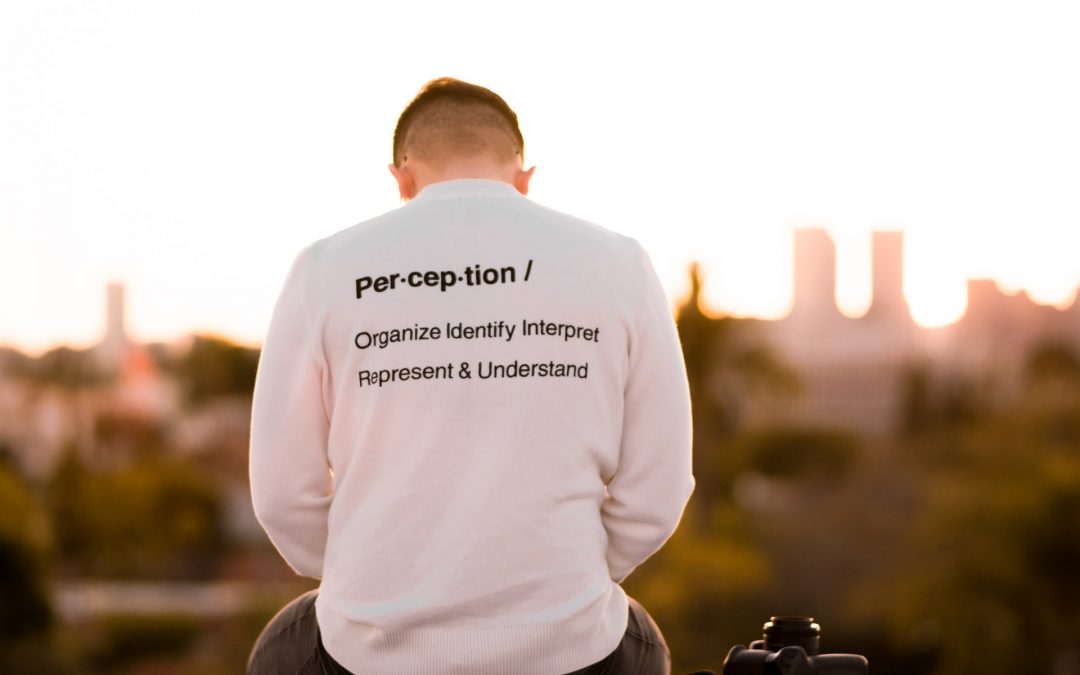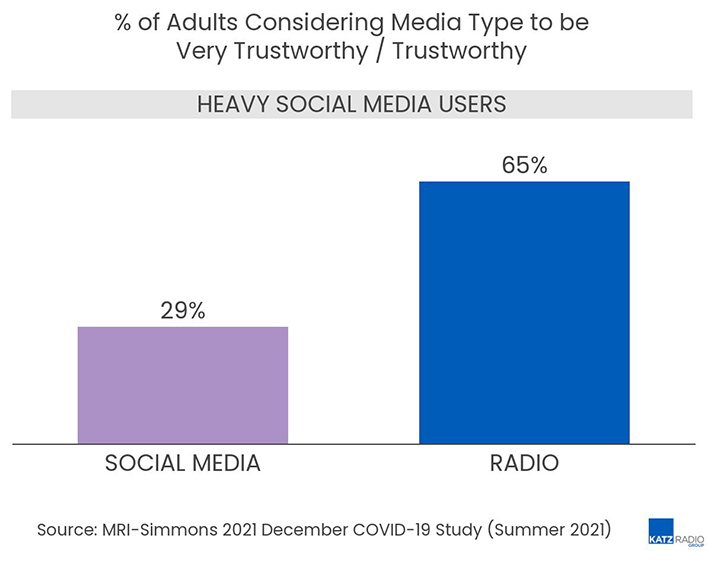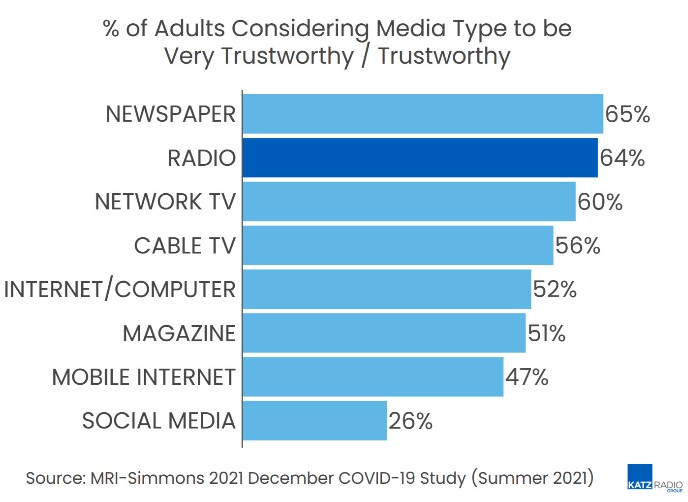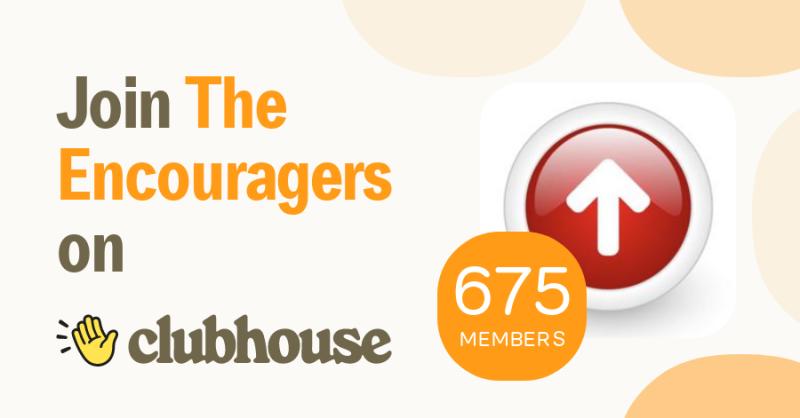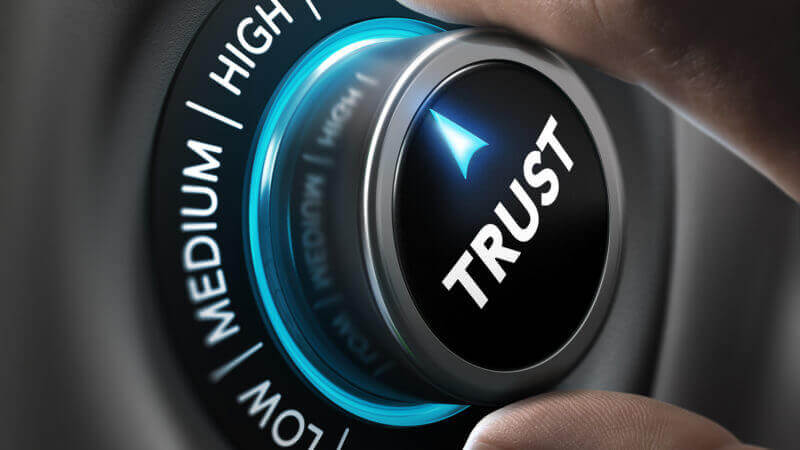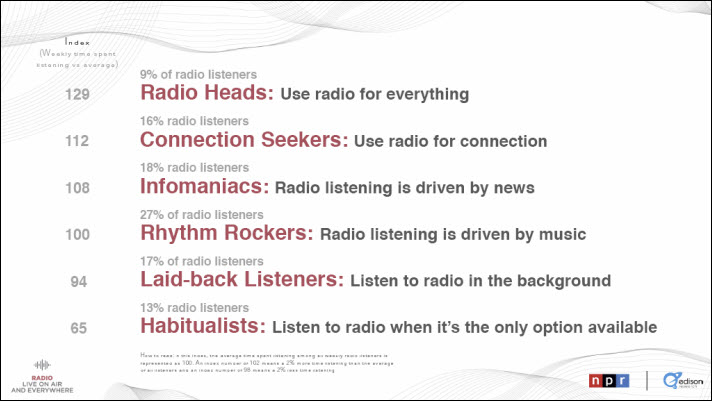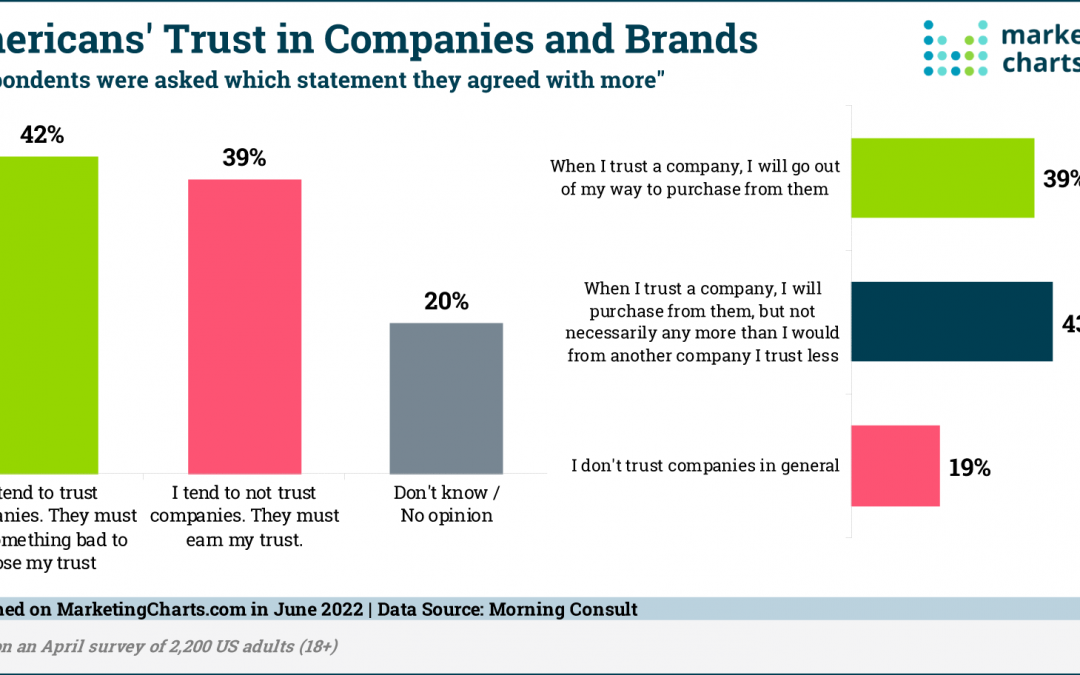
You Have To Be Trust-Worthy
Now I know that Trustworthy is one word, however I want to dig a little deeper into this idea and what it means to the success of your business. That is why I hyphenated Trust-Worthy in the title of this article and podcast.
If you’ve been listening to the past few podcast episodes or reading these articles, you may have picked up on the importance of Trust.
The Trust Factor is a foundational Human Relationship Principle that needs to be included in your marketing.
Well, last month I saw a story from MarketingCharts.com:
For Many Americans, Trust in Businesses Must Be Earned
Before my time, I’m talking 50 or 60 years ago, I think we were a more trusting country. At least that is my perception. In the past couple of decades, since 9/11/2001, Americans attitudes have become further clouded as a country regarding Trust.
That overall skepticism is an attitude that has spread to business, especially big business. Also the past two years we have been through a tremendous number of events that have made us less trusting.
Even those of us who are generally optimistic have struggles trusting in things like, “Will the restaurant I want to go to be open today?” I had that challenge last week when I discovered that my usual Monday lunch spot was now closed on Monday’s as a way to cope with staffing issues.
Here’s a few numbers from the article:
In its survey of 2,200 US adults, Morning Consult found that 42% agreed with the statement: “I tend to trust companies. They must do something bad to lose my trust.” By comparison, an almost equal share (39%) agreed more with the statement: “I tend to not trust companies. They must earn my trust.” The remaining fifth (20% share) said they either didn’t know or did not have an opinion.
And:
In the US, businesses that are trusted will be rewarded… Some 39% share of respondents in the US agreed that when they trust a company, they go out of their way to purchase from them.
Here’s a couple more stats from this survey:
There are penalties from consumers’ loss of trust in brands. Slightly more than half (54%) in the US said they have lost trust in a company or brand, and among those 42% stopped using them and started using their competitors’ products, while 39% stopped using them and claimed they will never use them again.
About a year ago, I was on a lunch break at a restaurant that was busy but they didn’t indicate their would be an extraordinary wait time. Turns out that was a big mistake. We sat for over 20 minutes before anyone took our order and finally when our food arrived we had them pack it to go because we were there over an hour and had to get to our next meeting.
Multiple times we attempted to flag down a host or waiter and were told they would be “right back”. After placing our order, we were still not given any warning that they were slammed and understaffed.
We left hungry, with a bad attitude and have not returned since.
One more quote from the story:
Factors That Build Trust
Within the US, two factors stand out as being the most important in building trust: good value for price; and high-quality products and services.
This survey was about brands, not individual businesses but the same principles apply:
- Over communicate if things are not what is typical for your business.
- Don’t ignore problems, there are long term ramifications to the health and success of your business if you do.
- You need to do everything possible to earn the trust of your customers and clients, all the time.
- We don’t expect perfection, but please own up to mistakes and problems.
That is how you become worthy of trust.
Are you Trust-Worthy? Next time, I’ll share a way to let others know.
